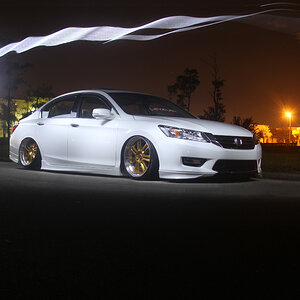pcouturier
TPF Noob!
- Joined
- Sep 1, 2008
- Messages
- 7
- Reaction score
- 0
- Location
- New-Brunswick, Canada
- Can others edit my Photos
- Photos OK to edit
I have just ordered a new digital camera (Canon EOS Rebel XTi), will have a telephoto 75mm-300mm with it. But how much x is that zoom? 50x, 100x???
Please help me!
Please help me!









![[No title]](/data/xfmg/thumbnail/31/31086-ae0d6678ca78859132ce5375d5300961.jpg?1619734602)
![[No title]](/data/xfmg/thumbnail/40/40284-f59f6230f0d5b9eacf977f8b0392f087.jpg?1619739407)


